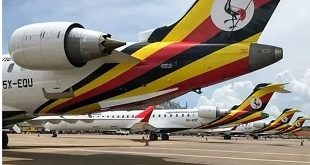
Do you think a smaller car can be as safe as a large car if the two collide? Really, doesn’t size matter in a collision? Many people would say it does. But some experts say the answer is not quite clear.
| MOTORING GURU | Occupant safety in a collision could come down to a range of other factors whether the vehicle is big or small. The development of crumple zones and vehicle crash structures, airbags and even things like multi-collision braking can have a huge effect in collisions.
It is also argued that mass could be a more important safety feature than size for most car-to-car collisions. But size may predominate more in rollover crashes and single-vehicle accidents generally.
Other studies like to look at mass (size) in combination with other safety determinants. For example an unbelted driver in a 2000kg car has the same amount of protection as a belted driver in a 1140kg car. This means drivers of small cars gain more from being restrained than those of larger ones. It is not clear how driver airbags are impacted by vehicle size.
Generally speaking, however, big cars will do better in a collision with a smaller car. This is a result of the physics of the crash, where the heavier object will experience a lower deceleration and therefore lower forces on the occupants. But a big vehicle hits a larger stationary object, then there’s a lot more weight in a larger car, which means more crash energy to deal with.
A research conducted in mid-1990s vehicles determined that SUVs weren’t any safer for their drivers than the ‘average’ medium or large car and not much safer than many compact and subcompact cars.
When a car crashes into a solid barrier, the outcome depends in part on the size of the front end. If one car’s front end is long enough to crush twice as much as another car’s in a barrier crash at the same speed, its restrained occupants will experience half as much force as the people in the smaller car because it takes them twice as long to stop.
When two cars going the same speed crash front to front, the outcome depends in part on the cars’ relative weights. The heavier car will push the lighter car backward during the impact, which means the velocity change of the heavier car will be much less than that of the lighter car.
The age of car also matters. If you’re in an older, heavier type of 4×4 and you hit a lighter more modern vehicle with a crumple zone, the occupants in the smaller but modern car will be better off. Crumple zones absorb the energy, ensuring that the passenger cell remains relatively intact with the front and rear airbags firing to further protect the occupants and the impact deflected along the vehicle’s sill, A-pillar and roof. In older heavier cars, the solid main chassis member doesn’t budge. This sends the shock of the impact cannoning through the rest of the vehicle causing the vehicle to crush and deform. Passengers may suffer leg crashes from the dashboard and steering wheel.
So the passenger cell construction and strength is important. In some small cars, it is designed to crumple in a collision to protect the occupants. So, is big better in a vehicle collision? No, not always.
****
 The Independent Uganda: You get the Truth we Pay the Price
The Independent Uganda: You get the Truth we Pay the Price





